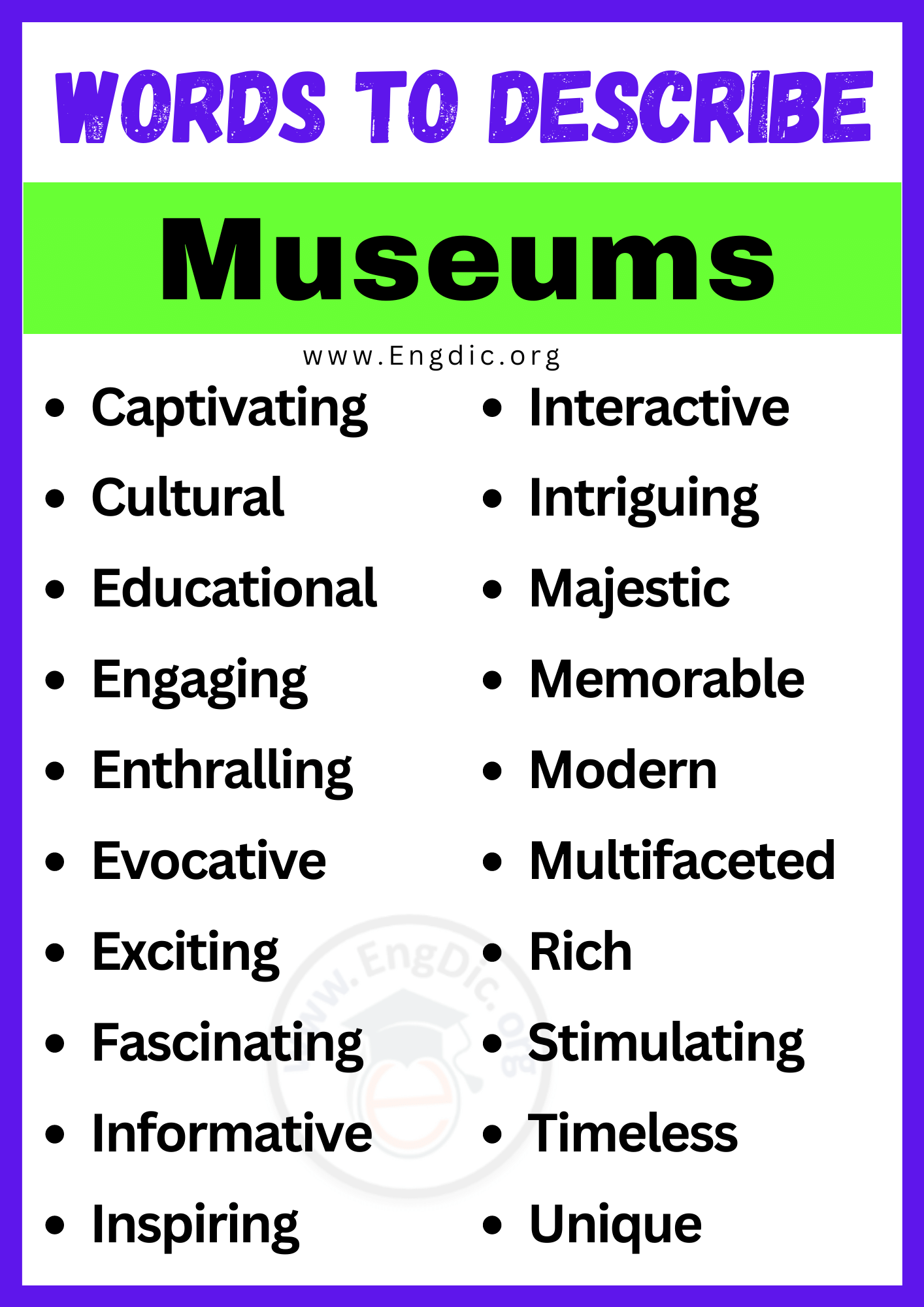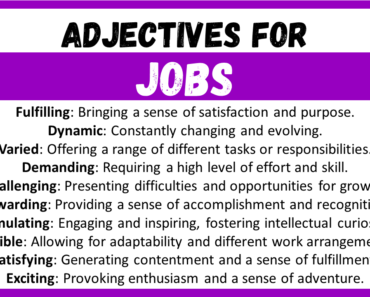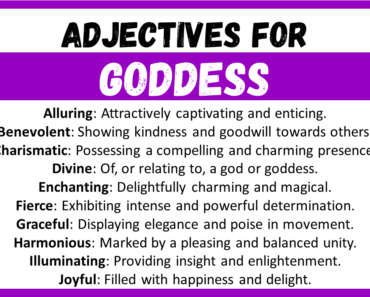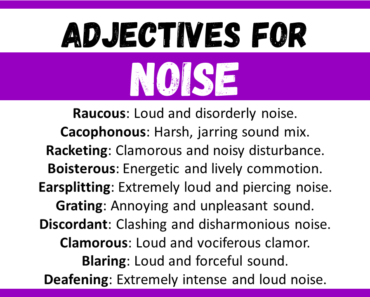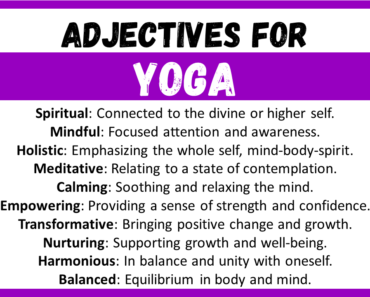Museums, fascinating institutions that showcase the wonders of art, history, and culture, hold a special place in our society. These treasure troves of knowledge and creativity transport us to different eras and places, igniting our imagination and curiosity. When it comes to describing museums, a myriad of words come to mind. They can be enchanting, as they captivate our senses and immerse us in captivating exhibitions. They can also be educational, as they offer valuable insights into the past, present, and even the future. Let’s explore the diverse vocabulary that beautifully captures the essence of museums.
Adjectives for Museums
Here are the 20 Most Popular adjectives for museums:
- Captivating
- Cultural
- Educational
- Engaging
- Enthralling
- Evocative
- Exciting
- Fascinating
- Informative
- Inspiring
- Interactive
- Intriguing
- Majestic
- Memorable
- Modern
- Multifaceted
- Rich
- Stimulating
- Timeless
- Unique
Adjectives for museums exhibits
- Captivating
- Engaging
- Informative
- Interactive
- Fascinating
- Inspiring
- Diverse
- Evocative
- Intriguing
- Thought-provoking
Words to Describe Museums with Meanings
- Captivating: Holding attention through charm or interest.
- Cultural: Relating to art, history, or society.
- Educational: Providing knowledge or learning opportunities.
- Engaging: Interesting and actively involved.
- Enthralling: Fascinating and captivating.
- Evocative: Bringing strong emotions or memories.
- Exciting: Creating a sense of enthusiasm or anticipation.
- Fascinating: Extremely interesting or captivating.
- Informative: Providing useful or educational information.
- Inspiring: Motivating or stimulating creative thoughts.
- Interactive: Involving active participation or engagement.
- Intriguing: Arousing curiosity or interest.
- Majestic: Impressive or grand in appearance.
- Memorable: Worth remembering or easily recalled.
- Modern: Relating to contemporary or current times.
- Multifaceted: Having many different aspects or perspectives.
- Rich: Abundant in content, history, or cultural significance.
- Stimulating: Provoking interest, excitement, or thought.
- Timeless: Not affected by the passage of time.
- Unique: One-of-a-kind or distinctively different.
Example Sentences for Museums Adjectives
- The captivating exhibit left visitors mesmerized.
- The museum showcases various cultural artifacts from around the world.
- Students found the guided tour highly educational.
- The museum’s interactive displays were engaging for all ages.
- The art installation was enthralling with its immersive experience.
- The museum’s exhibit was evocative, evoking strong emotions.
- The new dinosaur exhibit promises an exciting adventure.
- The museum’s historical artifacts were fascinating to explore.
- Visitors found the tour guides incredibly informative and knowledgeable.
- The artwork on display was truly inspiring to aspiring artists.
- Children eagerly participated in the interactive science exhibit.
- The mysterious artifact had an intriguing story behind it.
- The museum’s grand architecture created a majestic ambiance.
- The museum visit was a memorable experience for the whole family.
- The modern art exhibit showcased cutting-edge artistic expressions.
- The museum’s collection is multifaceted, covering various disciplines.
- The exhibit offered a rich insight into ancient civilizations.
- The interactive display provided a stimulating learning environment.
- The timeless paintings still captivate viewers with their beauty.
- The museum’s collection features unique and rare artifacts.
Explore More Words:
FAQ’s
How to describe museums in writing?
Museums can be described in writing by highlighting their captivating exhibits, educational value, and ability to transport visitors to different eras and cultures.
What makes museums so special?
Museums are special because they house invaluable artifacts, artworks, and historical treasures, providing opportunities for learning, inspiration, and cultural enrichment.
What are the main characteristics of a museum?
The main characteristics of a museum include its role in preserving and exhibiting artifacts, offering educational programs, engaging visitors through interactive displays, and promoting cultural understanding and appreciation.

